Best Seasons for Foundation Repairs
Foundation repairs are most effective when performed during specific seasonal conditions. Optimal timing depends on weather patterns, soil conditions, and moisture levels. Typically, the best time for foundation repairs is during dry, moderate weather when soil movement is minimal. This allows for more accurate assessments and stable repair conditions, reducing the risk of future issues.
Spring offers moderate temperatures and manageable moisture levels, making it a suitable time for foundation work before summer heat causes soil to dry out.
Summer can be ideal if soil moisture is maintained, but extreme heat and dry conditions may cause soil shrinkage, complicating repairs.
Fall provides cooler temperatures and stable soil conditions, especially before winter freezes set in.
Winter is generally not recommended due to frozen ground and potential for snow and ice, which hinder excavation and repair work.
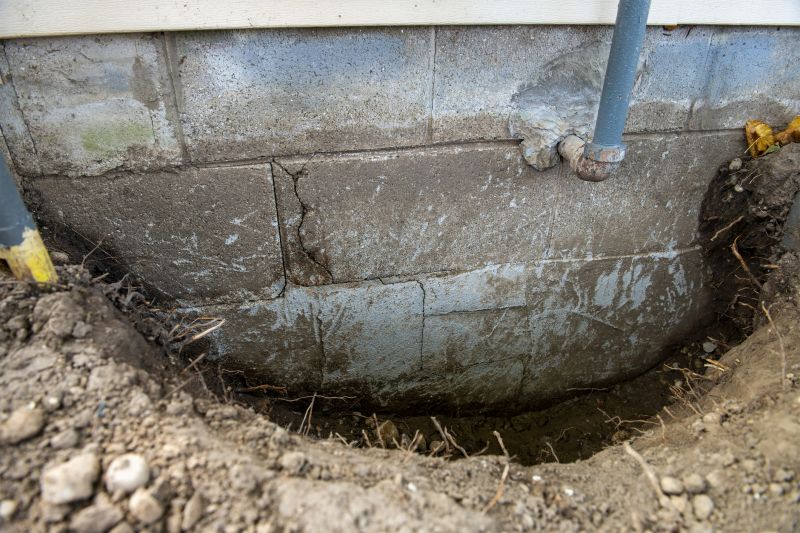
Inspecting foundations during spring helps identify issues early when soil is moist and stable.

Monitoring soil moisture in summer ensures repairs are performed under optimal conditions.
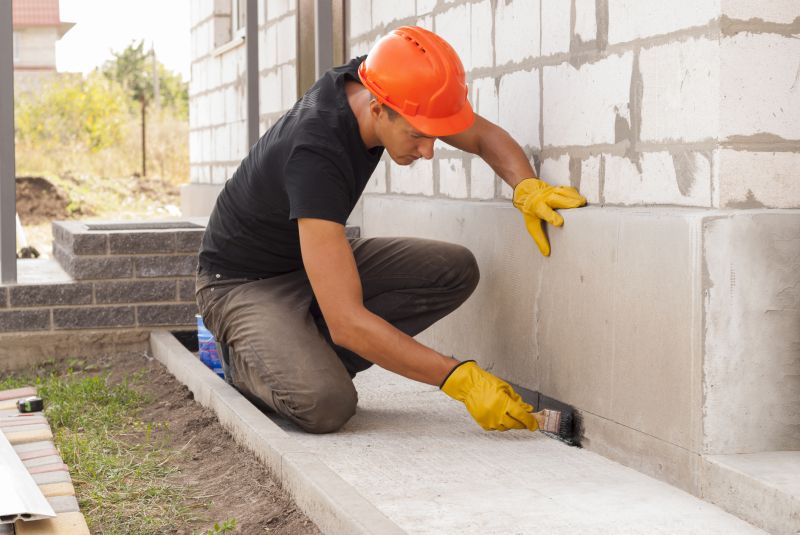
Fall provides ideal weather for foundation repairs before winter freezes.
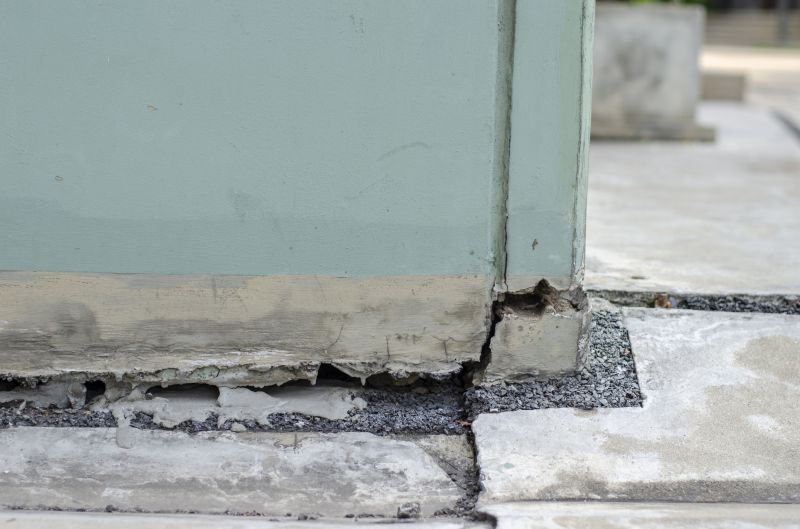
Winter is generally unsuitable due to frozen ground and weather constraints.

Understanding soil movement patterns assists in scheduling repairs at the most stable times.
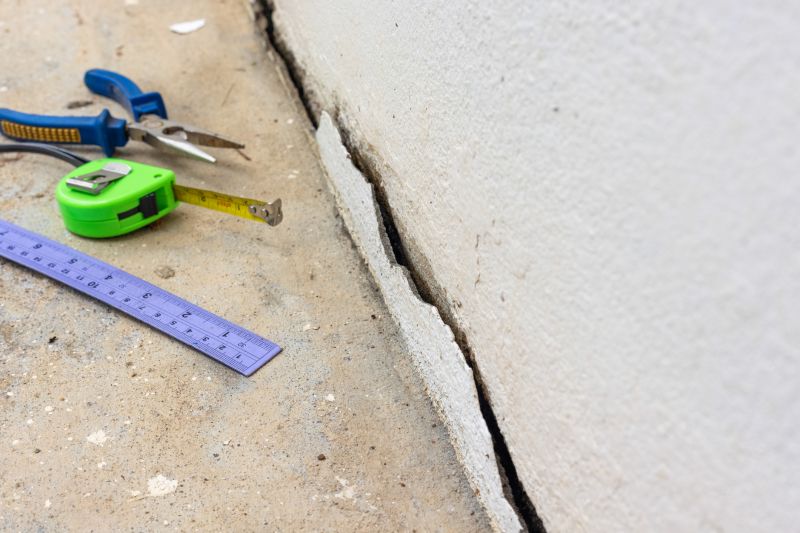
Analyzing soil conditions before repairs can help determine the best timing for intervention.
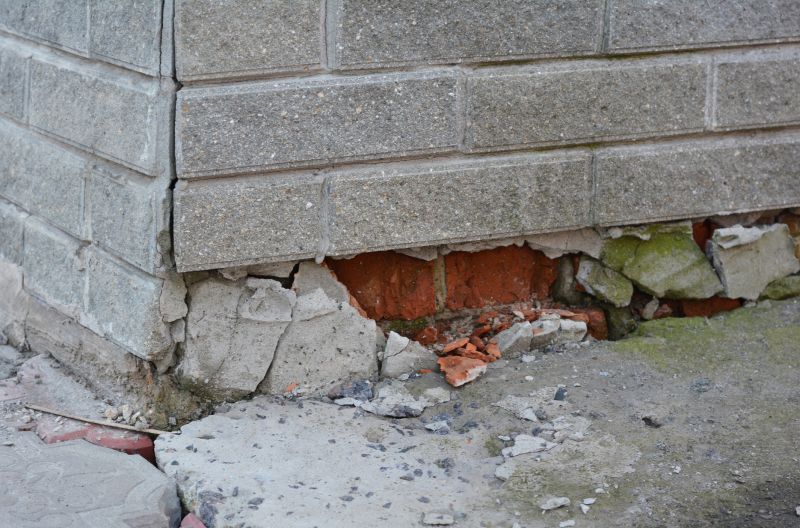
Climate variations influence the ideal timing for foundation repairs in Michigan.

Planning foundation maintenance around seasonal changes enhances durability.
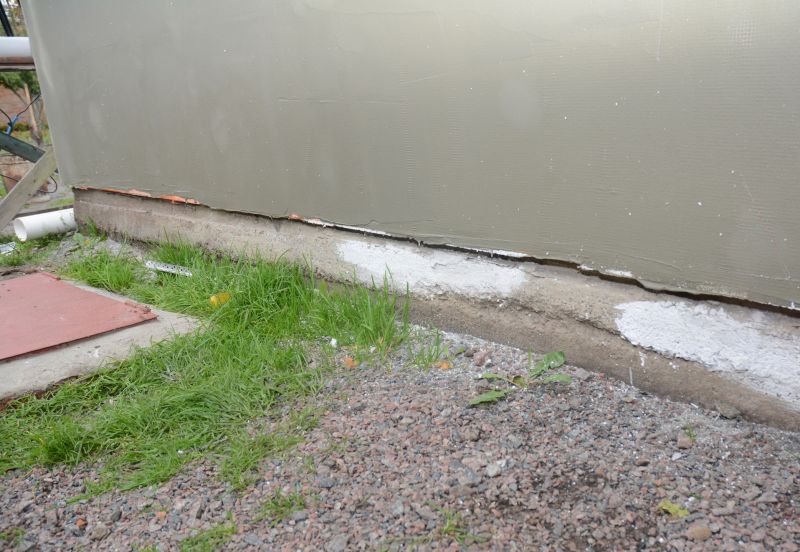
Effective planning considers weather forecasts and soil conditions for successful repairs.
| Season | Optimal Conditions |
|---|---|
| Spring | Moderate temperatures, moist soil, manageable weather |
| Summer | Dry conditions preferred, avoid extreme heat |
| Fall | Cool temperatures, stable soil, before winter |
| Winter | Frozen ground, weather constraints |
Foundation repairs require careful timing to ensure stability and longevity. Soil conditions, moisture levels, and weather patterns significantly influence the success of repairs. In Michigan, seasonal considerations are especially important due to temperature fluctuations and soil movement tendencies. Proper scheduling during optimal periods minimizes future issues and enhances the durability of repairs.
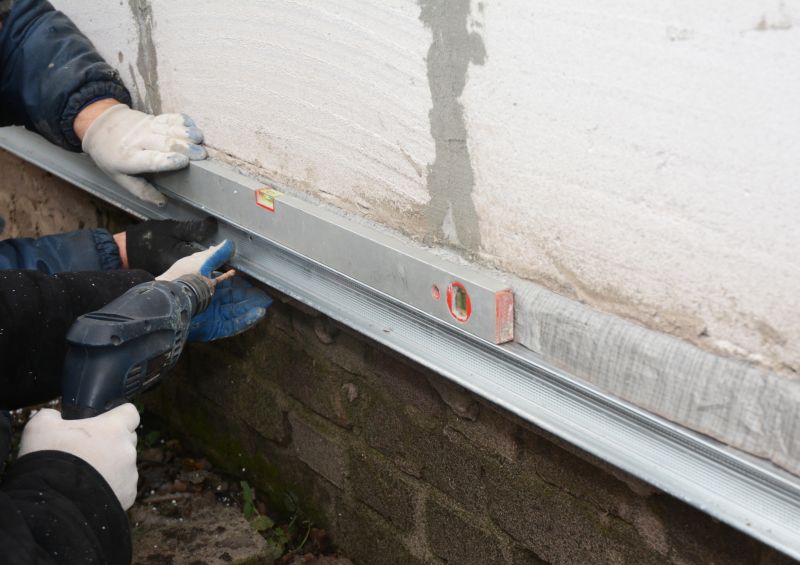
A crew performing foundation stabilization during favorable weather conditions.
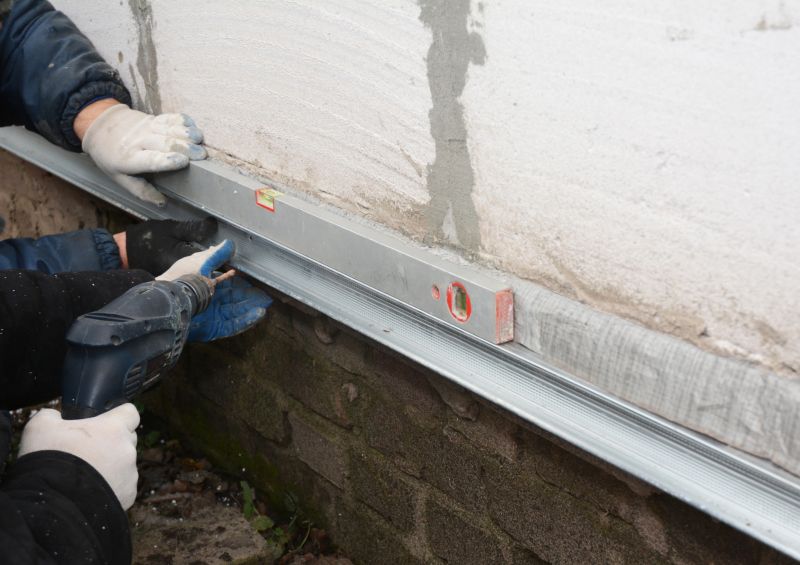
Methods used to prepare soil for foundation work during optimal seasons.

Careful excavation during dry, moderate weather ensures safety and effectiveness.

Assessing foundation stability after repairs in suitable seasonal conditions.
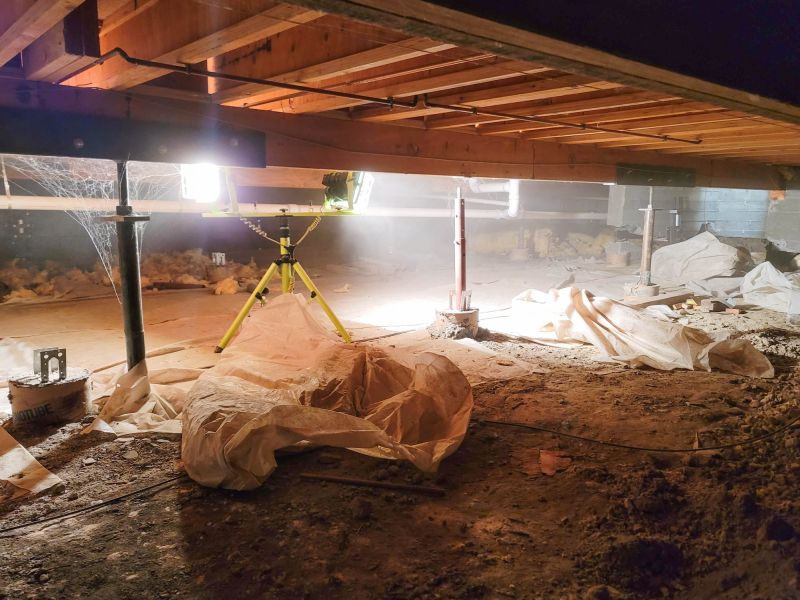
Ways to make Foundation Repairs work in tight or awkward layouts.
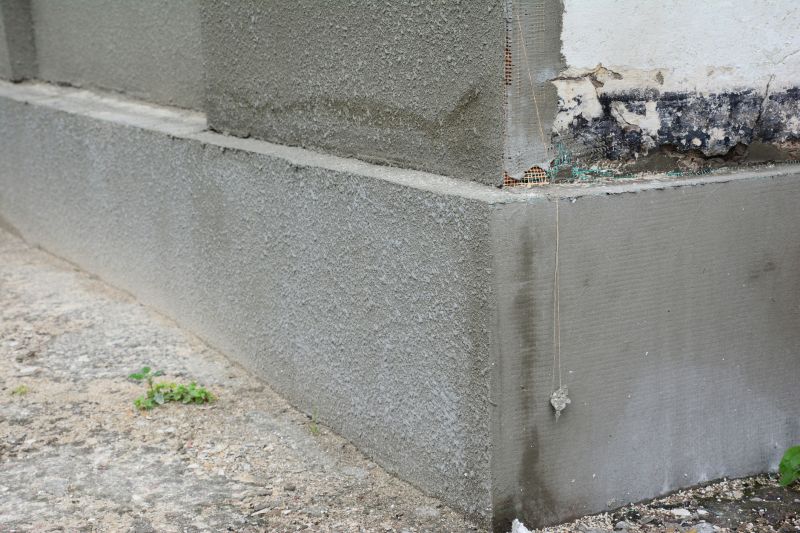
Popular materials for Foundation Repairs and why they hold up over time.
Timely foundation repairs are essential to prevent further structural issues. Scheduling during periods of stable soil and favorable weather conditions can significantly improve repair outcomes. Proper planning and seasonal awareness help maintain the integrity of the foundation and reduce long-term costs.

Specialized tools used during foundation stabilization and repair.
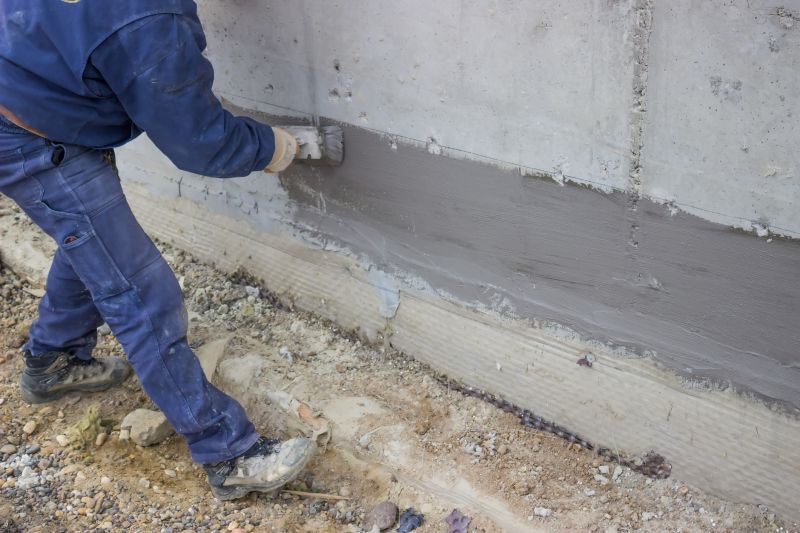
Sealing and reinforcing cracks during optimal weather conditions.

Techniques to manage soil moisture for foundation stability.

Completed foundation stabilization project in favorable conditions.
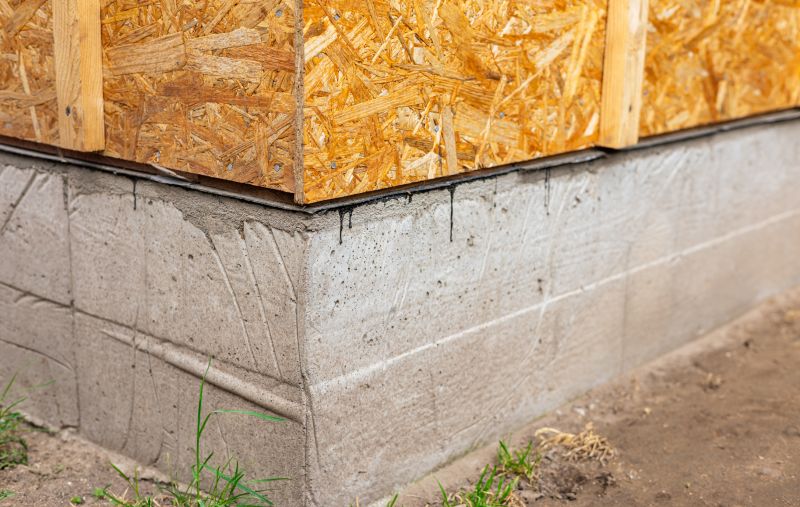
Simple add-ons that improve Foundation Repairs without blowing the budget.
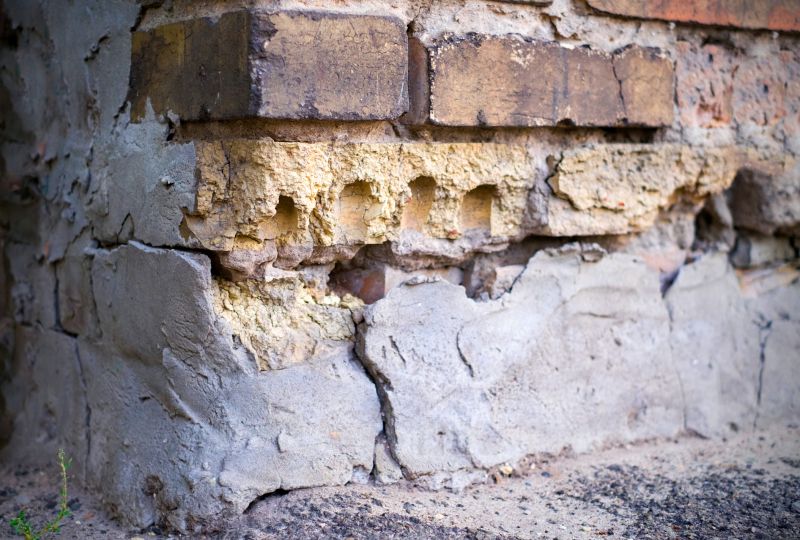
High-end options that actually feel worth it for Foundation Repairs.
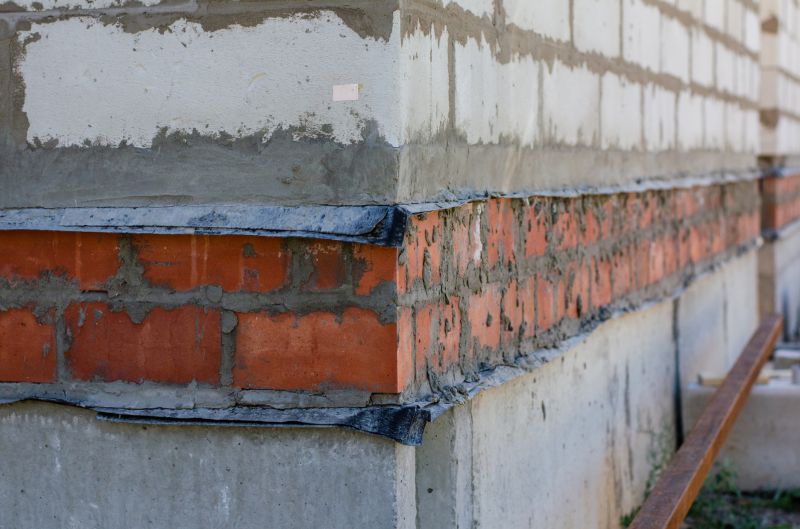
Finishes and colors that play nicely with Foundation Repairs.

Little measurements that prevent headaches on Foundation Repairs day.
Interested property owners should consider scheduling foundation inspections and repairs during the most suitable seasons to ensure the best results. Proper timing, combined with professional assessment, can help maintain structural integrity and prevent costly future repairs.

